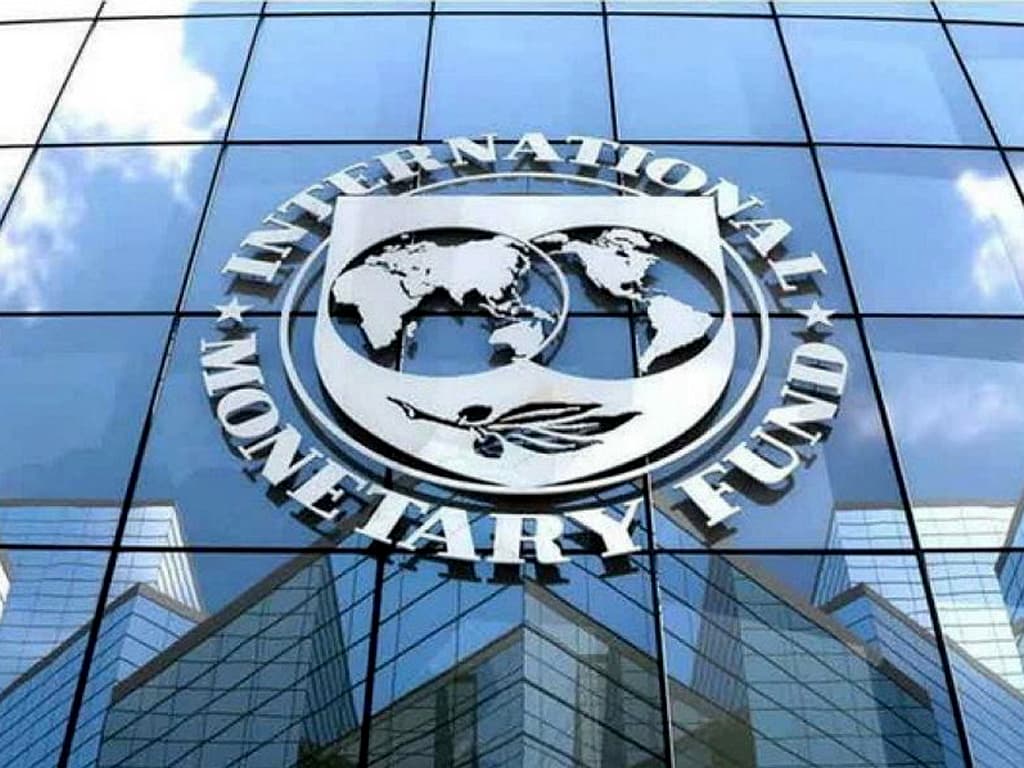
The International Monetary Fund authored a new paper on the rise of digital money in the Pacific Island countries and detailed other crypto use cases.
The International Monetary Fund (IMF) has admitted that digital money usage has expanded drastically in the Pacific Island countries (PICs). In a new paper, the IMF outlined the reasons for the change and suggested the way ahead. Meanwhile, it cautioned against using crypto as a national currency but explained its other use cases in the paper. The IMF detailed crypto use cases like central bank digital currencies (CBDCs) and stablecoins.
At the same time, the IMF paper explained in detail the challenges the Pacific Island countries face. It said it ranges from heavy dependence on remittances to a lack of financial infrastructure and other issues. It suggested developing digital currencies gradually to solve a few of those issues.
The paper claimed digital money could fix economic volatility and scalability in their financial systems. On the other hand, it stated how adopting digital currencies could be very slow for such countries. It further mentioned it was due to significant bottlenecks like the lack of internet connectivity.
The report said,” A cautious step-by-step approach would help PICs explore digital money effectively. The PIC authorities should clearly define the objectives behind the push for digital money, fully understand the implications, and plan for concrete experiments to comprehensively test assumptions and use cases.”
Moreover, the IMF also outlined various PICs already leveraging crypto use cases like CBDCs and stablecoins. It cited examples like the Marshall Islands and Fiji and provided its own suggestions.
Besides, CBDCs have gained prominence recently, with several central banks starting their trials. From Europe to China, CBDCs have become the talking points of regulators aiming to leverage its underlying blockchain technology.
Millionero’s blog brings you the latest updates from the world of crypto!

